
Aqua Dream USA Aquarium Pumps and Filters
Aquarium pumps and filters, like pumps & filters we carry, are essential for maintaining a healthy aquatic environment. They enable proper water circulation, oxygenation, and waste removal, ensuring that aquatic life thrives.
This article provides an overview of how these systems work, how they support aquatic life, and key factors to consider when selecting and maintaining them. For example, many enthusiasts trust the pumps & filters we carry to provide consistent performance and reliability. In fact, a closer look at pumps & filters we carry reveals that regular cleaning and inspection can prevent many common issues.
By understanding the roles of these specialized systems, both hobbyists and professionals can optimize aquarium setups for clear water and a balanced ecosystem. Topics covered include system functions, selection criteria, installation procedures, maintenance tips, and common issues.
Furthermore, incorporating the benefits of pumps & filters we carry can further enhance equipment longevity and overall aquarium performance. Trusted suppliers like AquaDreamUSA offer quality equipment to support these needs.
Transitioning into the main sections, we explore their purpose and function, followed by guidance on choosing the best products for your aquarium.
Understanding the Purpose of Aquarium Pumps and Filters
Aquarium pumps and filters maintain water clarity and overall tank health by circulating water and removing waste, toxins, and particles that can harm fish and plants.
How Aquarium Pumps Sustain Aquatic Life
Pumps ensure continuous water movement and distribute oxygen evenly throughout the tank. By circulating water, they deliver vital nutrients and prevent stagnation, which helps inhibit harmful algae blooms. High-quality submersible pumps boost surface agitation to increase oxygenation and support mechanical filtration, thereby enhancing aquatic life vitality.
The Role of Aquarium Filters in Water Clarity
Filters remove visible and microscopic impurities using mechanical, chemical, and biological processes. Mechanical filters physically trap large particles, while chemical filters use agents like activated carbon to neutralize odors and toxins. Biological filters foster beneficial bacteria that convert harmful compounds into less toxic substances, ensuring a supportive environment for aquatic organisms. For example, canister filters can dramatically improve water clarity by effectively eliminating waste products.
Achieving a Balanced Ecosystem With Aquarium Pumps and Filters
A balanced aquarium relies on the combined action of pumps and filters. Pumps supply oxygen and distribute nutrients, while filters remove debris and toxins, supporting beneficial bacteria colonies. This integration improves water quality, reduces disease risk, and enhances overall tank performance. Well-designed systems can improve water quality significantly, leading to healthier, longer-living aquatic life.
Differences Between Freshwater and Saltwater Aquarium Pumps and Filters
Freshwater setups usually require moderate flow rates and filters to handle organic debris, while saltwater systems need higher flow rates to simulate ocean currents and manage salt residues. Saltwater filters often incorporate robust chemical and mechanical elements and may also use protein skimmers. These differences ensure each system receives tailored care for optimal performance.
Selecting Ideal Aquarium Pumps for Your Setup
Choosing the right aquarium pump is critical for effective water flow and oxygenation. Selecting a pump that matches your tank’s capacity, layout, and specific needs will enhance the overall health of the aquatic environment.
Matching Aquarium Pump Flow Rate to Tank Size
The pump’s flow rate should be matched to the tank volume. Typically, freshwater tanks benefit from a turnover rate of 4 to 6 times per hour, while saltwater tanks may require 8 to 10 turnovers per hour. For a 50-gallon tank, this means a pump circulating 200–300 gallons per hour for freshwater systems is ideal. Proper matching ensures optimal oxygen distribution without stressing sensitive aquatic inhabitants.
Types of Aquarium Pumps Available
Aquarium pumps come in various types for different applications. Submersible pumps are popular for their quiet operation and easy installation, while external pumps offer higher power for larger systems. Powerhead pumps are common in reef aquariums to create targeted currents that mimic natural water movement. Choosing the right type improves both performance and energy efficiency.
Energy Efficiency in Aquarium Pumps
Modern pumps are designed to deliver strong performance while reducing energy consumption. Features like variable speed controls allow users to adjust flow rates to meet demand, cutting power use during low-activity periods. Energy-efficient pumps can reduce electricity consumption significantly, contributing to more cost-effective and sustainable aquarium maintenance.
Noise Levels of Different Aquarium Pumps
Quiet operation is important, especially in living spaces. Submersible pumps are favored for their near-silent performance due to water’s natural dampening effect. Some external pumps may produce noticeable noise or vibrations, so looking at decibel ratings is recommended to ensure minimal disruption without compromising water circulation.
Finding Quality Aquarium Pumps at AquaDreamUSA
AquaDreamUSA is renowned for its high-quality aquarium pumps. They offer a range of pumps suited for different tank sizes and types, rigorously testing them for durability, energy efficiency, and low noise operation. Along with competitive pricing, the company provides installation guides and maintenance tips, making it a trusted source for professionals and enthusiasts alike.
Choosing Effective Aquarium Filtration Systems
Effective filtration is key to maintaining water purity and a healthy aquatic environment. Filters reduce waste, toxins, and particulates, ensuring overall water quality and preventing the growth of harmful substances.
Mechanical Filtration for Aquarium Debris Removal
Mechanical filtration removes solid waste using materials like sponge, filter pads, or floss to trap debris such as uneaten food and fish excreta. High-quality mechanical filters can remove up to 95% of suspended particles, which minimizes water cloudiness and maintains visual appeal. Regular cleaning and timely replacement of filter media help sustain performance.
Chemical Filtration for Aquarium Water Purity
Chemical filtration uses activated carbon, zeolites, or resins to remove dissolved substances that cause odors and discoloration. This process enhances water clarity and chemical balance—especially in aquariums with high organic loads. Regular replacement of chemical media ensures continued effectiveness in neutralizing toxins.
Biological Filtration for a Healthy Aquarium Environment
Biological filtration relies on beneficial bacteria to convert harmful substances like ammonia and nitrite into less toxic nitrate. The bacteria colonize the filter media, forming a biofilm that is critical for chemical detoxification. Maintaining optimal temperature and pH ensures the effectiveness of these bacteria, thus supporting a sustainable aquatic ecosystem.
Canister Filters Versus Hang-on-Back Aquarium Filters
Canister filters are ideal for large or heavily stocked aquariums due to their multi-stage filtration (mechanical, chemical, and biological) and high flow capacity. In contrast, hang-on-back (HOB) filters are easier to install and maintain, making them a popular choice for medium-sized tanks. The decision depends on tank size, bio-load, and the desired ease of maintenance.
Exploring Aquarium Filter Options at AquaDreamUSA
AquaDreamUSA provides a wide selection of aquarium filters suited to a variety of needs. Their filters, including both canister and hang-on-back types, are designed for optimal performance and durability. Detailed product descriptions, customer reviews, and professional support help buyers choose the right system to maintain clear, contaminant-free water.
Installing Your New Aquarium Pumps and Filters
Correct installation is fundamental to achieving optimal pump and filter performance and ensuring their longevity.
Preparing Your Aquarium for Pump and Filter Installation
Before installation, clean the tank and verify stable water parameters such as pH, temperature, and hardness. Remove any debris or outdated equipment that could interfere with new components. Plan the layout carefully to maximize water flow efficiency and integrate seamlessly with the existing ecosystem.
Step-by-Step Aquarium Pump Setup
Installing an aquarium pump involves placing it in the tank or sump as per manufacturer guidelines, connecting it securely to a power source, and adjusting the flow rate using a control dial or digital interface. Observe the pump after startup to ensure it circulates water without creating excessive turbulence that might harm aquatic life.
Correct Placement of Aquarium Filters
Filters must be positioned to promote even water distribution. Hang-on-back filters should cover a wide surface area to avoid dead spots, and canister filters need strategically placed intake and discharge lines to ensure uniform flow. Correct placement maximizes filter efficiency and supports both mechanical and biological processes.
Priming and Starting Your Aquarium Pump and Filter System
Priming removes air pockets that can disrupt flow. Slowly fill the pump chamber until water exits the discharge tube, then start the system at a low flow rate, gradually increasing it. This careful process safeguards mechanical parts and stabilizes water chemistry for a smooth start-up.
Maintaining Aquarium Pumps and Filters for Optimal Performance
Regular maintenance is critical for prolonged performance and stability in an aquarium.
Regular Cleaning Schedules for Aquarium Filters
Establish a consistent cleaning schedule to remove mechanical debris and prevent filter clogging. Clean filters monthly or bi-monthly, depending on the tank’s bio-load, and rinse filter components with tank water to preserve beneficial bacteria. Keeping a log of cleaning intervals helps determine when media replacements are needed.
Inspecting and Cleaning Aquarium Pump Components
Regularly inspect pump components such as impellers, tubing, and connections for debris or wear. Cleaning these parts during routine water changes can prevent noise issues and mechanical failure. Ensuring all seals and connections are tight reduces leakage risk and keeps water flowing smoothly.
Replacing Aquarium Filter Media
Over time, filter media become saturated and lose efficiency. Replace chemical media every 4–6 weeks and biological media every few months, depending on your tank’s bio-load. Timely replacement prevents clogging and helps maintain optimal water purity.
Extending the Lifespan of Your Aquarium Pumps and Filters
Proactive care, including regular cleaning, timely media replacement, and operating pumps at recommended flow rates, can extend equipment lifespan. High-quality products from suppliers like AquaDreamUSA, coupled with routine inspections, help keep maintenance costs low while ensuring a stable aquatic environment.
Addressing Common Issues With Aquarium Pumps and Filters
Even robust aquarium systems may face occasional issues. Promptly addressing these problems ensures continuous water quality and tank health.
What to Do When Your Aquarium Pump Stops Working
If a pump stops, first verify power supply and cable connections. Check for blockages or debris affecting the pump operation. Consult the user manual for troubleshooting, and if problems persist, contact the manufacturer or a technician. Quick resolution protects aquatic life from drops in oxygen and circulation.
Solving Aquarium Filter Clogging Problems
Filter clogging is common due to debris buildup. Regular cleaning is essential, but if problems persist, consider increasing cleaning frequency, upgrading to a higher capacity filter, or replacing media. Proactive maintenance minimizes clogging and sustains efficient filtration.
Reducing Noise From Your Aquarium Pump or Filter
Excessive noise may result from loose fittings or air bubbles. Secure all components and place pumps on a padded surface to dampen vibrations. Opt for energy-efficient, modern models that incorporate noise reduction technologies for a more tranquil tank environment.
Dealing With Insufficient Water Flow From Aquarium Pumps
Low water flow can compromise both oxygenation and filtration. Check for blockage or improper priming and adjust flow settings accordingly. If needed, upgrade to a pump with a higher flow rate or add extra circulation devices. Continuous monitoring ensures proper flow throughout the tank, promoting even oxygen distribution.
Frequently Asked Questions
Q: How do aquarium pumps help improve water quality? A: They ensure continuous water circulation, distributing oxygen evenly and moving debris toward filters, which helps prevent stagnation and harmful buildup.
Q: What maintenance practices are essential for keeping aquarium filters effective? A: Regular cleaning of filter media, periodic replacement of chemical and biological media, and routine inspections prevent clogging and ensure efficient removal of toxins and debris.
Q: How do I choose the right pump flow rate for my aquarium? A: Consider your tank’s volume and the recommended turnover rate—4 to 6 times per hour for freshwater and 8 to 10 times per hour for saltwater—ensuring sufficient oxygen and waste removal.
Q: What are the differences between canister filters and hang-on-back filters? A: Canister filters provide multi-stage filtration and high flow, suitable for larger tanks, while hang-on-back filters are easier to install and maintain, ideal for medium-sized tanks.
Q: Why is regular cleaning important for aquarium pumps and filters? A: Regular cleaning removes buildup that can clog systems, ensuring optimal water flow and reducing stress on aquatic life.
Q: Can I use the same pump for both freshwater and saltwater aquariums? A: Some pumps work for both, but it is best to choose one designed specifically for your aquarium type, as saltwater systems require pumps with higher corrosion resistance and flow rates.
Q: How do I reduce noise from my aquarium equipment? A: Secure installations, use padded surfaces, and choose models designed for quiet operation to minimize vibrations and noise.
Final Thoughts
Effective operation of pumps and filters is critical for maintaining clear water, proper oxygenation, and a balanced ecosystem. Through careful selection, proper installation, and ongoing maintenance, these systems enhance the health and longevity of aquatic life. By adopting best practices and promptly addressing issues, both beginners and professionals can enjoy stable, vibrant underwater environments. Investing in high-quality equipment and following a rigorous maintenance schedule leads to clear water, thriving fish, and a resilient ecosystem.
|
Feature |
Attribute |
Benefit |
Comparison Value |
|---|---|---|---|
|
Flow Rate |
Gallons per Hour (GPH) |
Ensures effective water circulation |
Freshwater: 4-6x turnover, Saltwater: 8-10x turnover |
|
Noise Level |
Decibel Rating |
Reduces disruption in living spaces |
Submersible: <30 dB, External: >35 dB |
|
Filter Media Capacity |
Replacement Interval |
Maintains water purity |
Every 4-6 weeks for chemical media |
|
Energy Efficiency |
Variable Speed Control |
Lowers energy consumption |
Up to 25% reduction |
|
Durability |
Build Quality |
Extends lifespan of equipment |
High-quality materials from suppliers like AquaDreamUSA |
A summary of key points shows that matching pump flow rate to tank size, understanding filter differences, and maintaining regular upkeep are crucial in aquarium care. Overall, proper installation, regular maintenance, and prompt issue resolution ensure an aquarium’s ecosystem remains vibrant, safe, and conducive to aquatic health. For enthusiasts and professionals alike, following these practices can dramatically enhance the success and longevity of their aquatic setups.



 Aquariums & Supplies
Aquariums & Supplies
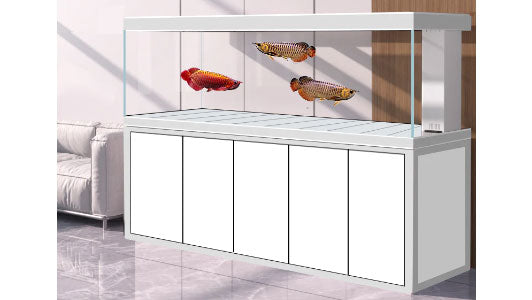

 Coral Reef Aquariums & Supplies
Coral Reef Aquariums & Supplies
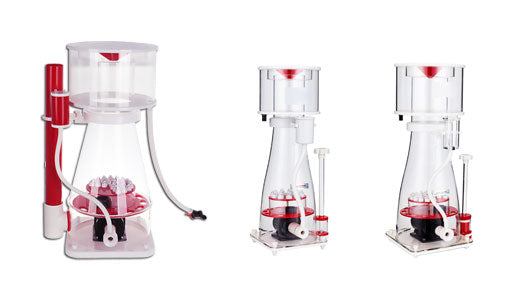

 Garden & Hydroponics & Landscape
Garden & Hydroponics & Landscape
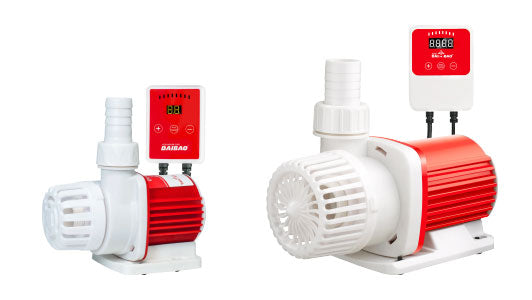

 Ponds & Fountains & Waterfalls
Ponds & Fountains & Waterfalls
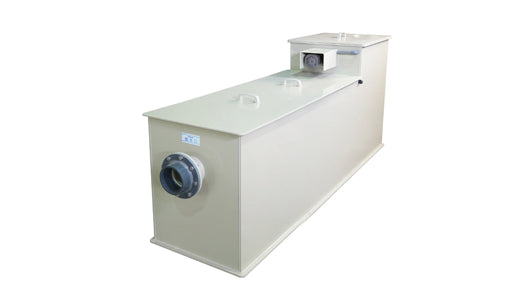

 Drum Pond Filter
Drum Pond Filter
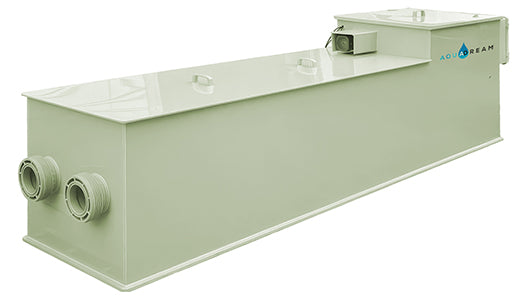
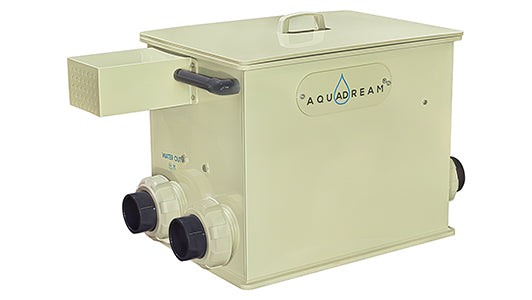

 Community
Community
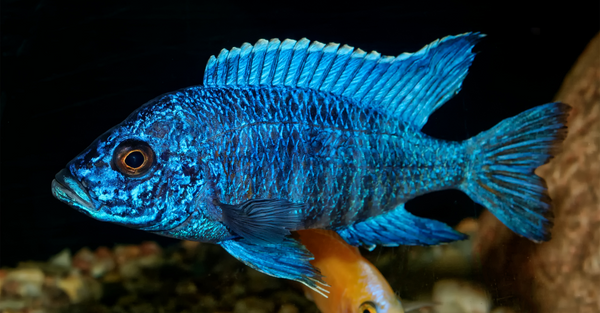
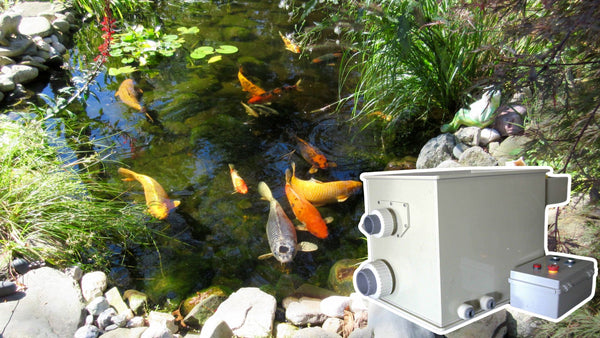

 Help Center
Help Center









